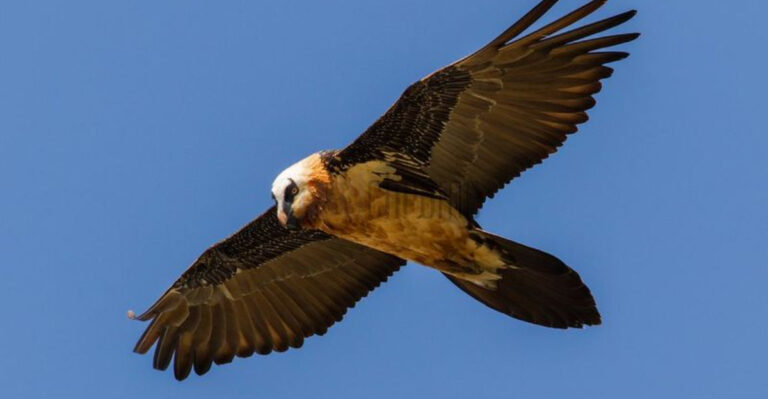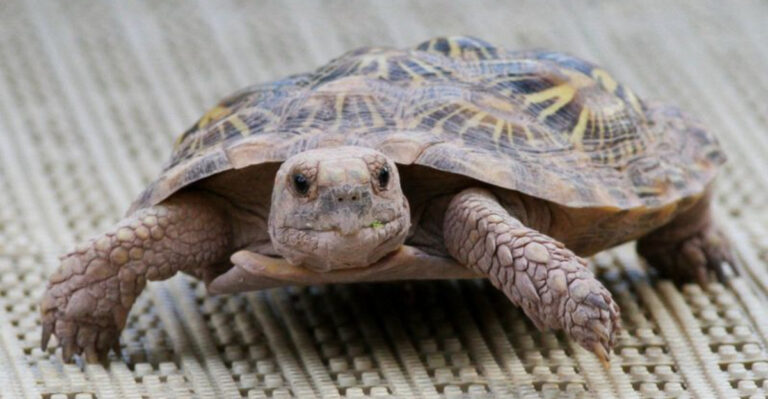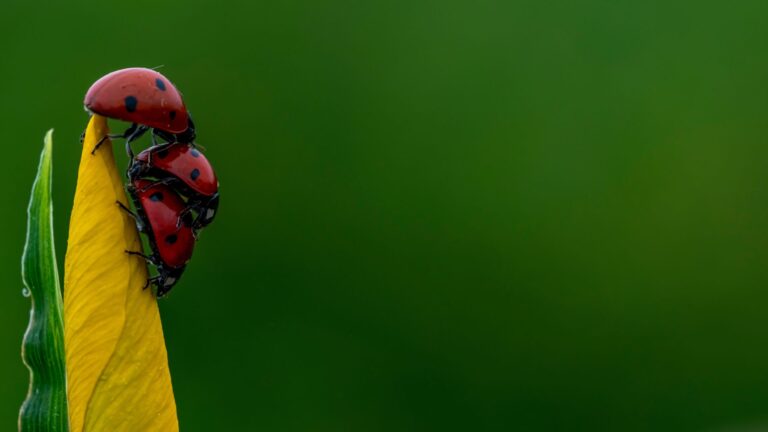Sloths Are Slow, But Their Fight Against Extinction Is Even Slower
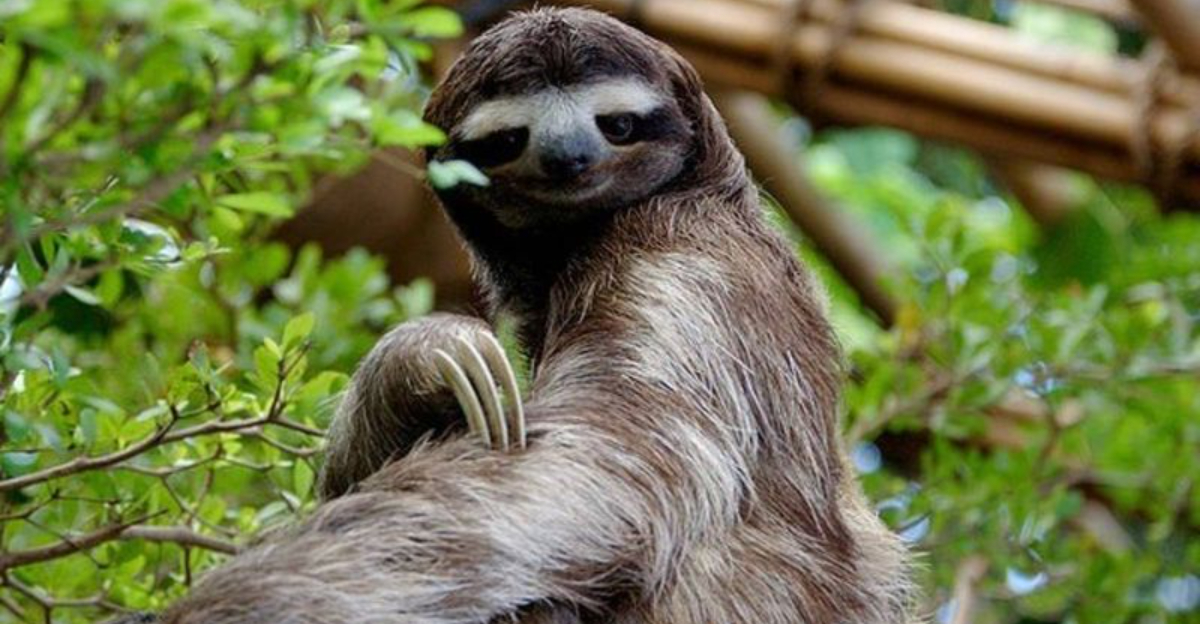
Sloths, those adorable tree-dwelling mammals, are famous for their incredibly slow movements. But while they’ve mastered the art of taking it easy, their survival in our rapidly changing world is becoming increasingly difficult.
These remarkable creatures face numerous threats that are pushing them toward extinction faster than they can climb a tree. Let’s explore why these slow-moving animals need our quick action to ensure their future.
1. The Sloth’s Unbothered Lifestyle
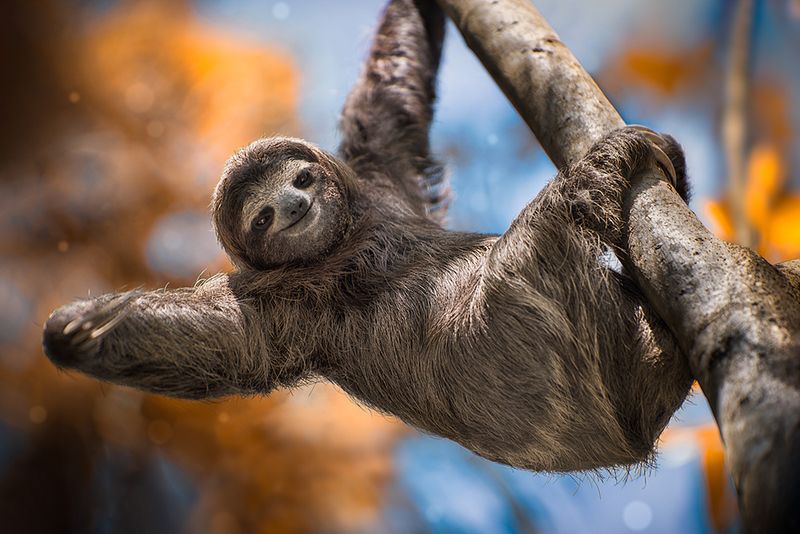
Hanging upside down from tree branches, sloths spend about 15 hours daily sleeping. Their metabolic rate is remarkably low, allowing them to conserve energy.
When they do move, it’s at a leisurely pace of about 0.15 miles per hour. This relaxed approach to life has helped sloths survive for 60 million years!
2. Why Sloths Move So Slowly
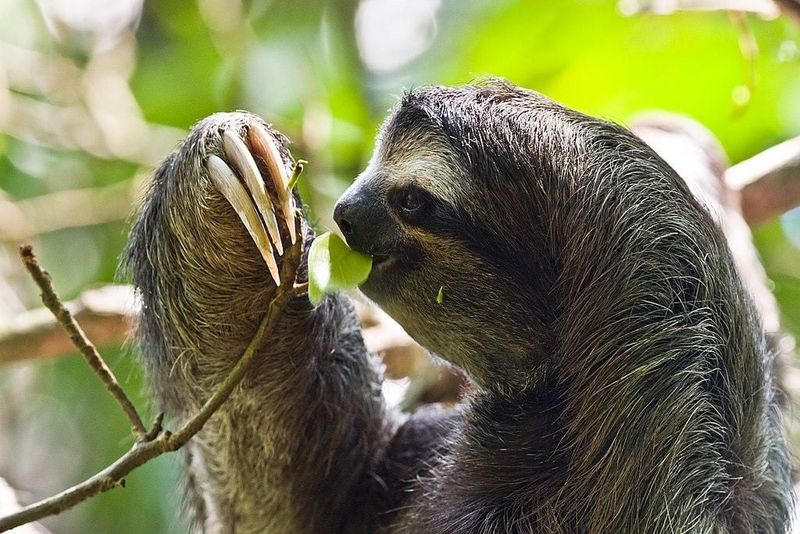
Ever wondered why sloths are nature’s slowpokes? Their sluggish movement isn’t laziness—it’s brilliant survival strategy! With the lowest metabolic rate of any mammal, sloths burn minimal calories.
Their specialized diet of nutrient-poor leaves provides little energy, forcing them to conserve what little they have. Moving slowly also makes them nearly invisible to predators.
3. Habitat Loss Is A Major Threat
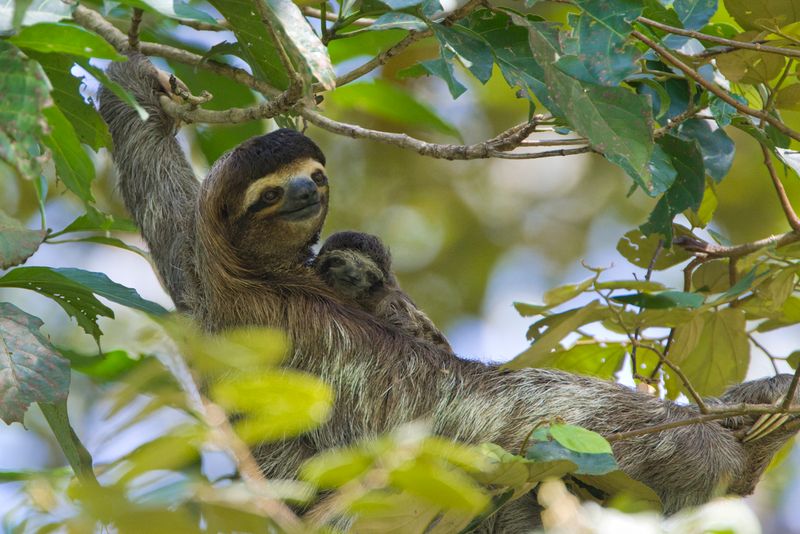
Bulldozers tear through Central and South American rainforests daily, destroying the canopy highways sloths depend on. Without connected trees, these creatures become stranded, vulnerable, and unable to find food or mates.
Agricultural expansion and urban development have already claimed over 80% of sloths’ original habitat, forcing them into smaller, fragmented forest patches.
4. Climate Change And Its Impact On Sloths
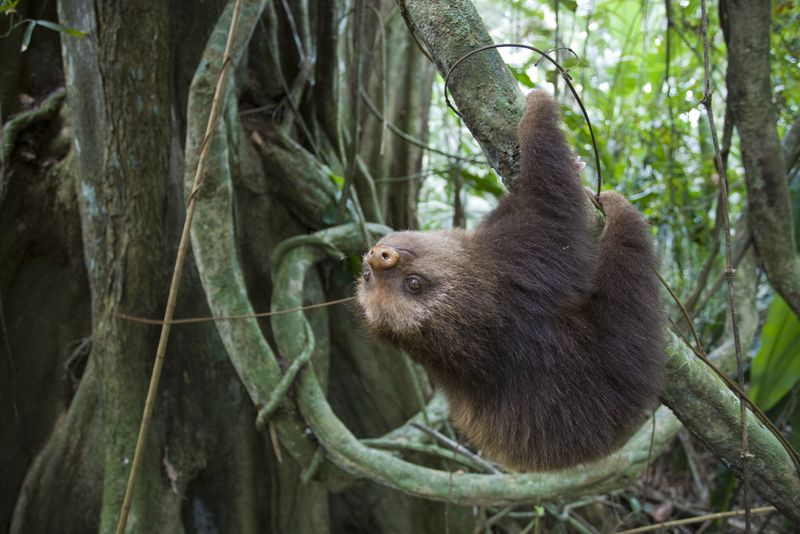
Rising temperatures are altering the delicate balance of rainforest ecosystems where sloths thrive. Extreme weather events destroy tree canopies, their primary homes.
Climate shifts also affect leaf growth patterns, disrupting sloths’ food supply. Their specialized digestive systems cannot quickly adapt to changes in vegetation, leaving them vulnerable to starvation as their preferred leaves become scarce.
5. Sloths’ Slow Reproduction Rates

Female sloths typically give birth to just one baby per year after a pregnancy lasting 6-11 months. This tiny tot clings to mom’s belly for 6-9 months, learning survival skills at a glacial pace.
With such limited offspring numbers, sloth populations can’t quickly recover from threats. A single disaster can wipe out generations of potential population growth.
6. Conservation Efforts For Sloths
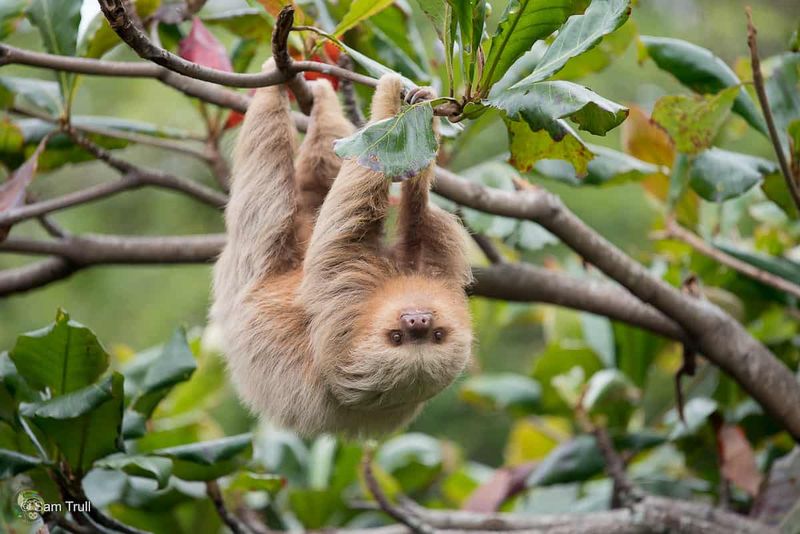
Wildlife sanctuaries across Latin America now rescue injured sloths and rehabilitate them for release. Organizations like The Sloth Conservation Foundation create forest corridors, reconnecting fragmented habitats.
However, funding shortages and lack of governmental protection hinder these efforts. Many conservation programs struggle to keep pace with the rapid destruction of sloth habitats.
7. The Role Of Sloths In Their Ecosystem
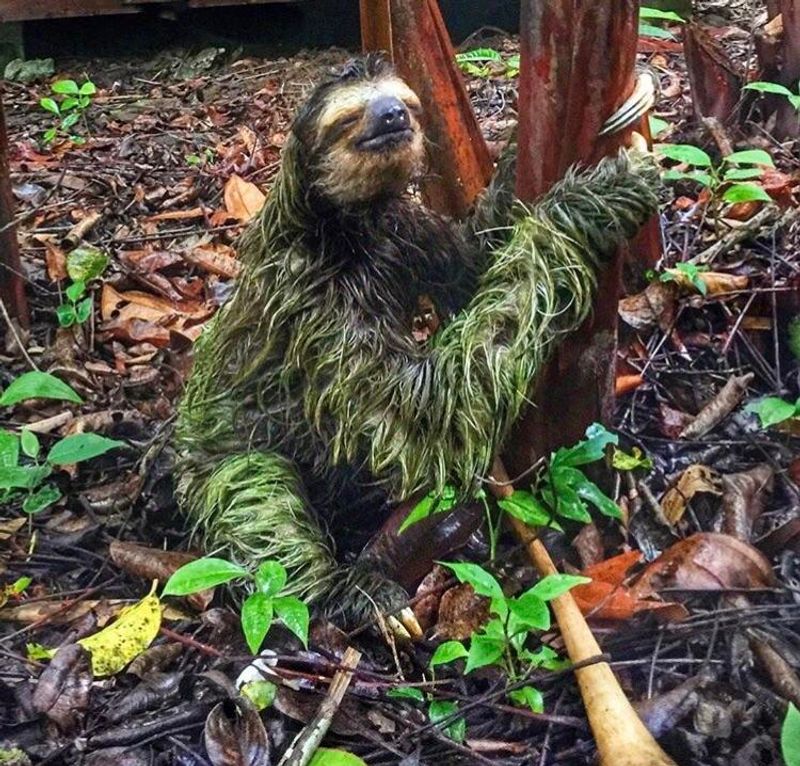
Sloths aren’t just cute—they’re ecosystem engineers! Their fur hosts entire miniature gardens of algae, moths, beetles, and fungi, creating walking ecosystems that support countless species.
When sloths descend weekly to defecate at the base of trees, they distribute nutrients and seeds throughout the forest. Removing these slow gardeners disrupts the delicate balance of tropical biodiversity.
8. Sloth Populations

The maned three-toed sloth faces the gravest danger, with fewer than 100 individuals remaining in Brazil’s fragmented Atlantic forests. Pygmy three-toed sloths are critically endangered, confined to a tiny island off Panama.
Two-toed sloths fare slightly better thanks to more adaptable diets and larger territories. However, all six sloth species face shrinking populations as humans encroach on their habitats.
9. How Sloths Survive Despite Their Vulnerability
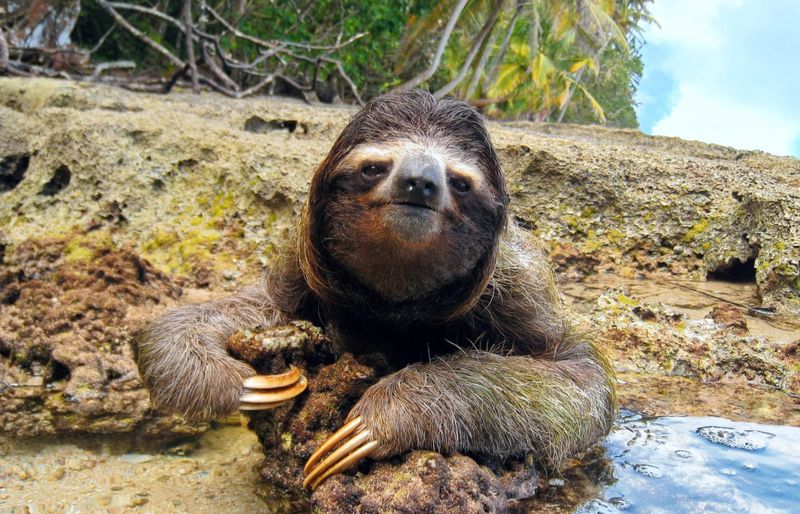
Masters of disguise, sloths blend perfectly with their surroundings thanks to algae-tinted fur that creates natural camouflage. Their extra neck vertebrae allow them to rotate their heads 270 degrees, spotting predators while barely moving.
Strong, curved claws lock around branches, enabling them to sleep securely while suspended. Even their digestion is adapted for survival—taking up to a month to process a single meal!
10. Sloths And Human Interaction

“Hold a sloth” tourist attractions have boomed in recent years, fueling a harmful wildlife selfie industry. These interactions stress sloths tremendously—their heart rates skyrocket when handled by humans.
Road expansion through forests creates deadly barriers, with electrocution on power lines claiming countless sloth lives annually. The illegal pet trade further depletes wild populations as baby sloths are captured after mothers are killed.
11. How Technology Is Helping Sloth Conservation
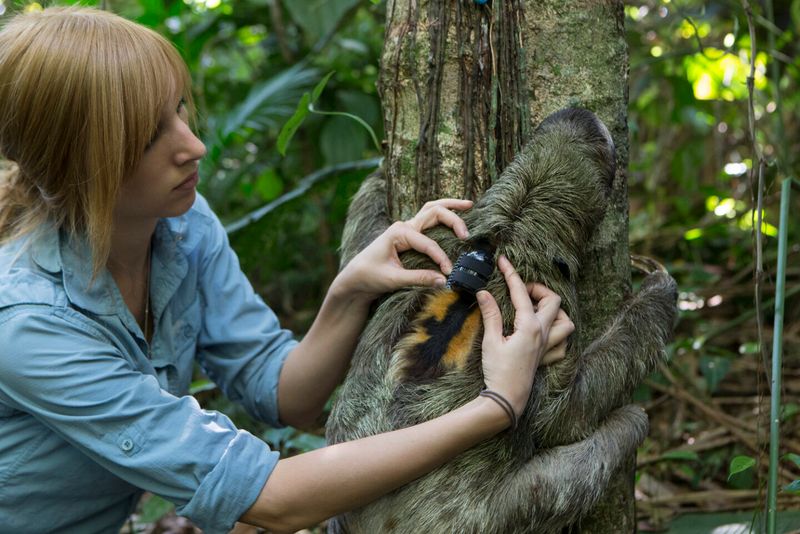
GPS tracking collars now monitor wild sloths’ movements, revealing crucial data about territory needs and migration patterns. Thermal drones spot sloths hidden in dense canopies, allowing researchers to conduct more accurate population counts.
DNA analysis helps identify genetic bottlenecks in endangered populations. Social media campaigns have transformed public awareness, with viral sloth videos inspiring donations and volunteer support for conservation initiatives.
12. How Sloths Are Making A Comeback
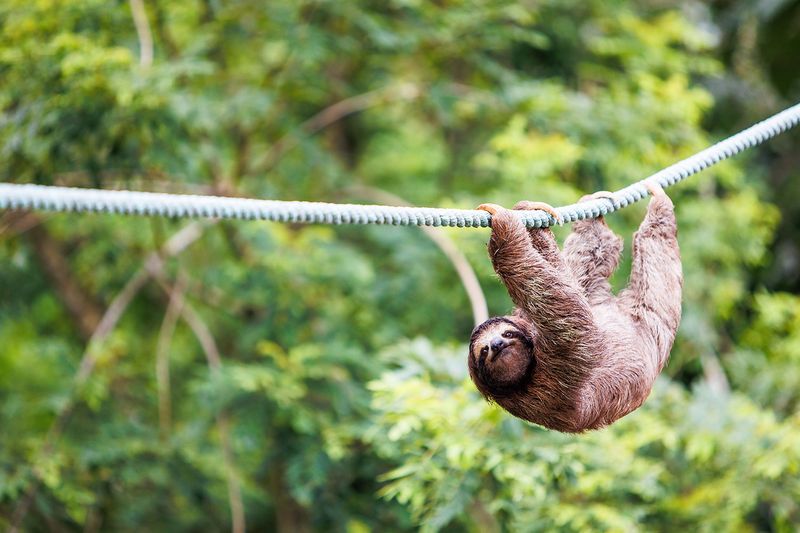
Costa Rica’s sloth-friendly wildlife bridges now span dangerous highways, reducing roadkill deaths by 95% in some areas. Community-based conservation programs employ former loggers as forest guardians, protecting critical sloth habitats.
Innovative “sloth crossing” signs raise public awareness while ecotourism initiatives create economic incentives for preserving forests. Though progress is gradual, these combined efforts are giving sloths a fighting chance at survival.
13. Why We Must Act Quickly To Save Them
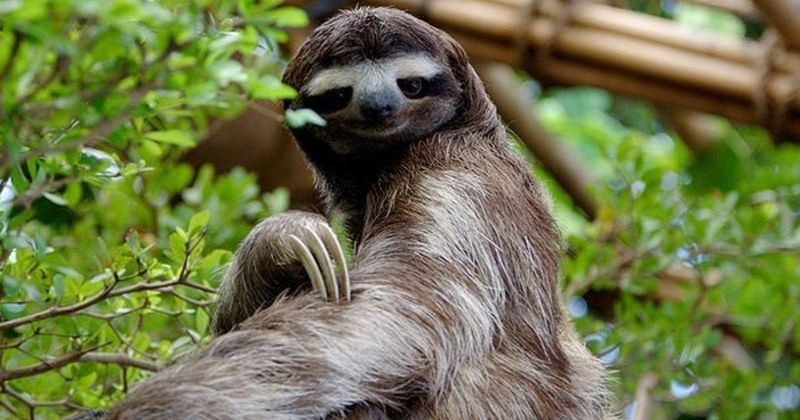
Scientists estimate we lose up to 137 species of plants and animals daily due to human activities—sloths could join this tragic list without immediate action. Once extinct, these remarkable creatures and their unique ecological contributions can never be replaced.
Protecting sloths means preserving entire rainforest ecosystems that provide oxygen, medicines, and climate regulation for our planet. Their survival is ultimately linked to our own.

